Weather in Indiana is unpredictable to say the least. Both, the peak of tornado season and the intensity of tornadoes can vary depending on where you are located in the state. Knowing when tornado season is in Indiana is important for two reasons: safety and planting your garden! In this article, we will discuss everything you need to know about tornadoes in Indiana, including when the peak season is and what you can do to stay safe.
Table of Contents
What are Tornadoes?
Tornado is a funnel-like column of air that rotates at a very high speed and touches the ground. It is usually born from a thunderstorm and can cause severe damage to property.
Tornados form under certain conditions- when there is warm, moist air near the surface of the earth, and cooler, drier air aloft. The difference in temperature causes the formation of cumulonimbus clouds (thunderstorms). As the thunderstorm updraft continues to grow, it eventually becomes tilted with the horizontal wind shear present in the atmosphere. When this happens, tornadoes can form.
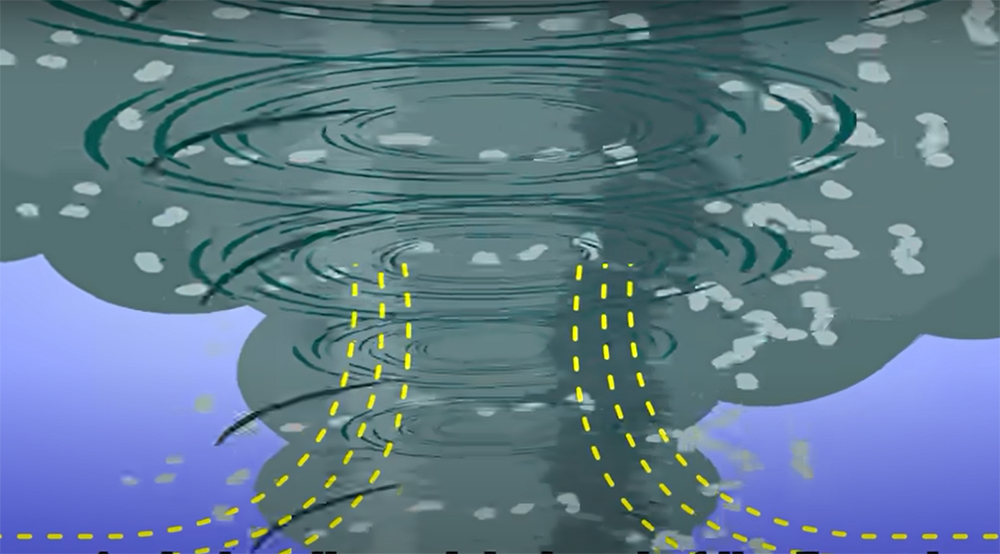
What is an Enhanced Fujita Scale?
The Fujita Scale was created in 1971 by Japanese-American scientist Dr. Theodore Fujita to measure winds speeds and damage caused by tornadoes. The scale was updated in 2007, renamed the EF Scale, to reflect improved knowledge of tornado damage surveys.
Strictly speaking, this scale is a set of damage indicators, each associated with a range of wind speeds. Wind speeds are estimated based on these damage indicators—such as degree of destruction to buildings—and are expressed in terms of miles per hour (mph).
Here’s a look at the new EF-Scale:
EF0 – Light Damage: 65-85 mph winds. This is characterized by minor damage such as broken branches on trees.
EF1 – Moderate Damage: 86-110 mph winds. This is characterized by damage such as bent trees and minor structural damage to mobile homes and roofs of buildings.
EF-2 – Severe Damage: 111-135 mph winds. This is characterized by major damage such as uprooted trees, large hail, and significant damage to mobile homes and roofs of buildings.
EF-3 – Devastating Damage: 136-165 mph winds. This is characterized by complete destruction of mobile homes, large structures being thrown or carried long distances, and cars lifted off the ground.
EF-4 – Catastrophic Damage: 166 to 200 mph wind speeds. This is followed by severe damage to well-constructed houses, large projectiles being thrown long distances, and cars that are lifted off the ground completely.
EF-5 – Incredible Damage: 200> mph winds. This is characterized by houses being completely swept away, cars thrown long distances, and large projectiles being hurled into the air.
EF-0 and EF-1 categories are the most common and they can be labeled as weak tornadoes, EF-2 and EF-3 are known as strong, and finally EF-4 and EF-5 are the rarest, yet the most feared tornadoes because they are considered violent. [2], [3], [4]
Factors That Affect Appearance Rate of Tornadoes
Tornado activity in Indiana is heavily influenced by two main factors, the jet stream and instability. The jet stream is a large river of air high up in the atmosphere that flows from west to east. It helps to steer weather systems, like storms, across the country. If the jet stream dips southward into the central United States, as it often does during springtime, warm moist air from the Gulf of Mexico is drawn northward into this region. At the same time, cool dry air moves southward out of Canada. When these two air masses meet they can create conditions ripe for severe thunderstorms and tornadoes.

Instability occurs when warm air near the ground rises faster than colder air above it causing an updraft. The updraft begins to tilt the thunderstorm cloud and rotating winds can form at lower levels of the storm. If these rotating winds are strong enough they can cause a tornado.
While the jet stream and instability are the two main factors that affect tornado formation, there are other conditions that need to be present as well. These include wind shear, humidity, and lift.
Wind shear is when winds at different levels of the atmosphere are blowing in different directions or at different speeds. This can cause rising air to rotate as it is blown sideways into the thunderstorm updraft. Humidity is needed for thunderstorms to form because moist air is necessary for clouds and raindrops to develop. And finally, lift is what helps to start the thunderstorm updraft. It can be caused by a number of things, like a cold front or warm air flowing over a cool surface.
All of these factors must come together in order for tornadoes to form. And while they can occur any time of year, they are most likely to happen during tornado season which we will talk about now. [4], [5], [6]
What is Considered a Tornado Season
Tornado season is when tornadoes are most likely to develop. The peak season for tornadoes in the United States runs from March through August and is most active in May and June. However, every state has a different timing for a tornado season. For example, in Florida, peak tornado season begins in summer while in Texas, it can start as early as March and last all the way until June.
In the state of Indiana, tornado season usually starts in mid-May and lasts through June or early July. However, there have been tornadoes reported as early as March and as late as November so it’s important to be prepared no matter what time of year it is. But on average, tornado season in Indiana starts a bit later than in other states.
Tornado activity in Indiana generally increases as the season progresses from south to north. This is because warm air starts moving north earlier in the year in southern states like Texas and Oklahoma than it does in northern states like Indiana.

While Indiana doesn’t see as many tornadoes as some of the other states in Tornado Alley, it is still important to be prepared. Tornado season in Indiana can be a scary time but if you know what to look for and how to stay safe, you can make it through unscathed. Even the weakest tornado can be fatal if you are completely unprepared. [7]
Most Notable Tornadoes in Indiana
Now that we’ve talked about when tornado season is and what conditions need to be present for a tornado to form, let’s take a look at some of the most notable tornadoes in Indiana history.
On April 11, 1965, 47 violent tornadoes touched down the Midwest states, 10 of them in Indiana. They struck the counties of Elkhart, Marshall, Starke, and Saint Joseph on Palm Sunday. The result of this tornado was mass destruction, 1,500 injuries and 271 fatalities. Most of them occurred in Indiana, more specifically 1,200 injuries and 137 deaths.
More recent example would be a killing tornado outbreak on March 2, 2012< that occured in both Indiana and Kentucky. The outbreak caused 41 fatalities total and left hundreds injured. It was an EF-4 tornado with peak winds of 170 mph and a large damage path. It was the first tornado with major fatalities in 16 years. [8], [9], [10]
Are Tornadoes Survivable?
The good news is that most tornadoes are not deadly. In fact, the vast majority of tornadoes fall into what’s known as EF0 and EF1 classifications, which means they produce very little damage.
However, even the weakest tornado can still cause some serious harm if you’re caught in it. That’s why it’s important to have a plan in place in case one should strike while you’re out and about.
Most people who die in tornadoes are killed by flying debris or by being thrown from a building.
If you find yourself near an approaching tornado, the first thing you should do is find a shelter immediately. If there is no time to get indoors, lie flat on the ground in a ditch or culvert and cover your head with your hands.
When in a vehicle, don’t even attempt to outrun a tornado. Instead, get out of the car and proceed to seek a safe place. Never hide near trees or electric poles, as these can easily topple over during high winds. [11]
How to Prepare Yourself for a Tornado?
While you can save yourself when a tornado is approaching, it’s better to prepare for what’s to come beforehand. Moreso during the tornado season!
Get weather apps or weather radio ready

The most important thing you can do to prepare for a tornado is to have a way to receive warnings. That way, if one is headed your way, you’ll know about it in advance and can take steps to stay safe.
There are a few different ways to do this. One is to download a weather app like The Weather Channel or AccuWeather on your phone. These apps will send you alerts if a tornado warning is issued for your area.
Another option is to buy a NOAA Weather Radio. These radios are designed specifically for receiving weather alerts, and they can be a lifesaver during severe weather events. You can find them at most electronics stores or online retailers.
Once you have your preferred method of receiving warnings, make sure you keep it with you at all times during tornado season. That way, if a tornado does strike, you’ll know about it right away and can take steps to stay safe.
Know the signs of the potential tornado
In preparations for a tornado, knowing the signs of one potentially forming is a must. If you see dark, greenish skies, large hail, or a large, rotating cloud system, there’s a good chance a tornado may form.
If you hear a loud roaring noise, similar to that of a freight train, it’s also an indication that a tornado is close by.
Have an emergency evacuation plan
Once you know the signs of a potential tornado, it’s important to have an emergency evacuation plan in place. This should include a safe place to go if a tornado does strike, as well as a route to get there.
Find out the local shelters in your area and plan a route to get there. If you’re not sure where the nearest shelter is, you can check the Red Cross website or contact your local emergency management office.
It’s also important to have a backup plan in place in case your first option isn’t available. This could be a friend or family member’s house, a hotel, or even a public building like a library or community center.
By having an evacuation plan in place ahead of time, you’ll be better prepared if a tornado does strike.
Prepare an emergency kit
By having an emergency kit prepared ahead of time, you’ll be able to grab it and go if a tornado does strike.
Inform your family and neighbors in case of danger
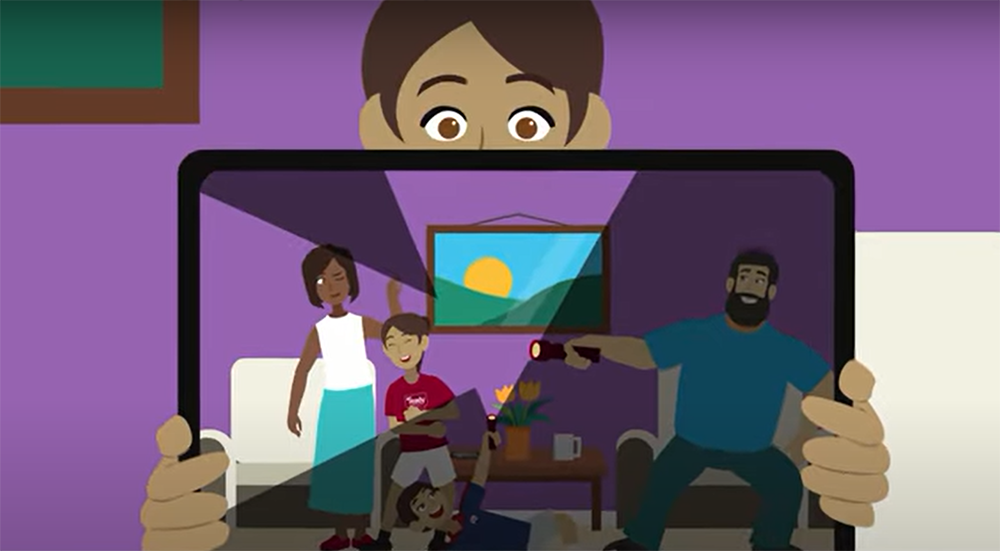
Finally, it’s important to inform your family and neighbors about your emergency plan. That way, everyone will know what to do if a tornado does strike.
You should also make sure everyone knows where the nearest shelter is located and how to get there. By working together, you can better prepare for a tornado and stay safe if one does occur.
Take care of your pets as well! If you have any pets, make sure they are up-to-date on their vaccinations and have collars with ID tags. Animals can be frightened during a severe storm, so it’s important to make sure they are in a safe spot.
Hide an unsecure lawn furniture or decorations.
If you have any lawn furniture or decorations that could be blown away by strong winds, it’s best to store them inside until the storm has passed. It’s also a wise idea to trim any trees or shrubs that could fall and cause damage.
What is the safest place to hide from a tornado?
The safest place to hide from a tornado is in a basement or an interior room on the lowest floor of a building. If you don’t have access to a basement, look for an interior room away from windows and doors. Once you’re in the room, get down low to the ground and cover yourself with something sturdy like a table or mattress.
By following these steps, you can increase your chances of surviving a tornado. Just remember to stay calm and stay safe. And always keep an eye on the sky during tornado season! [12]
FAQ
What was the biggest tornado in Indiana?
The biggest tornado on record in Indiana occurred on April 11, 1965. It was actually an outbreak of multiple tornadoes that struck the state.
In total, there were 10 tornadoes that occurred throughout Indiana on that day, they led to 137 fatalities and a total of 1,200 injuries.
What months are tornado seasons in Indiana?
The tornado season in Indiana typically lasts from May to June-July. During this time, the Midwest region of the United States experiences severe thunderstorms with high winds, large hail, and tornadoes.
Are tornadoes common in Indiana?
Tornadoes are relatively common in Indiana. According to the National Weather Service, Indiana averages about 20tornadoes per year. That makes it one of the most tornado-prone states in the US. While that may seem like a lot, it’s important to remember that most tornadoes are relatively weak.
Useful Video: Tornadoes When Living in Indianapolis Indiana
Conclusion
Tornadoes are a devastating natural phenomenon, and they can happen anywhere in the world. While Indiana doesn’t lie in Tornado Alley, it still might be affected by one of these storms. Tornado season in Indiana starts later than in other states, usually it’s from the middle of May and until June. However tornadoes can happen in any month of any season, so it’s better to always stay alert if your area is vulnerable. Make sure you have a plan in place for what to do if a tornado hits, and keep yourself and your loved ones safe!
References:
- https://www.nationalgeographic.com/environment/article/tornadoes
- https://www.weather.gov/mkx/taw-tornado_classification_safety
- https://www.britannica.com/science/tornado/Tornado-intensity
- https://www.weather.gov/jetstream/tornado
- https://www.actionnews5.com/2018/10/16/breakdown-why-wind-shear-is-necessary-tornado-development/
- https://www.severe-weather.eu/global-weather/tornado-season-spring-2022-severe-weather-outbreak-forecast-texas-louisiana-mississippi-mk/
- https://www.onlyinyourstate.com/indiana/indiana-tornado-season-in/
- https://www.weather.gov/ind/palmsuntor
- https://www.weather.gov/lmk/violent_tornadoes_indiana
- https://www.courier-journal.com/story/news/local/indiana/2017/03/02/5-years-later-devastating-tornadoes-killed-34-kentucky-indiana/98582326/
- https://wxresearch.org/what-happens-if-a-tornado-picks-you-up/
- https://www.ready.gov/tornadoes

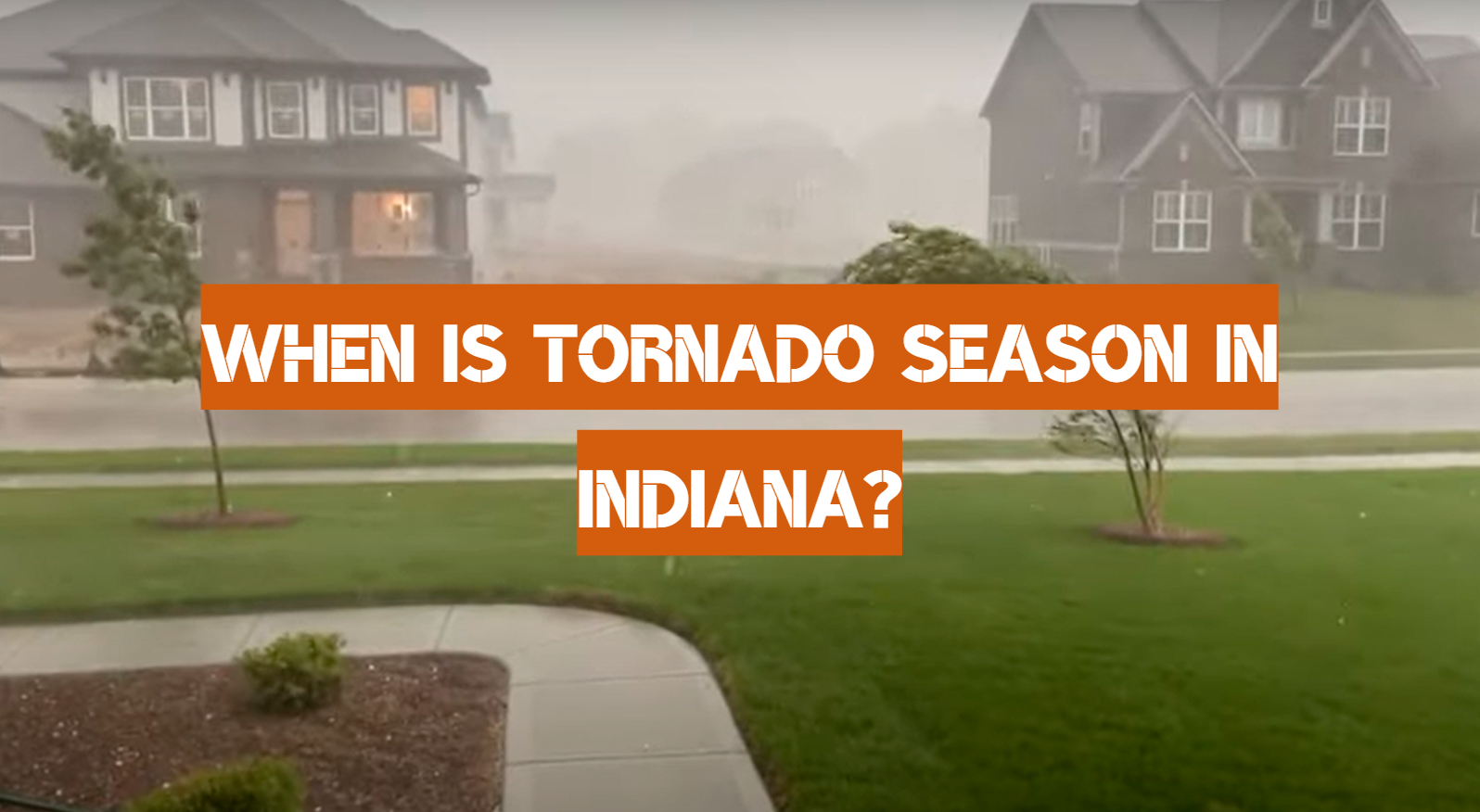
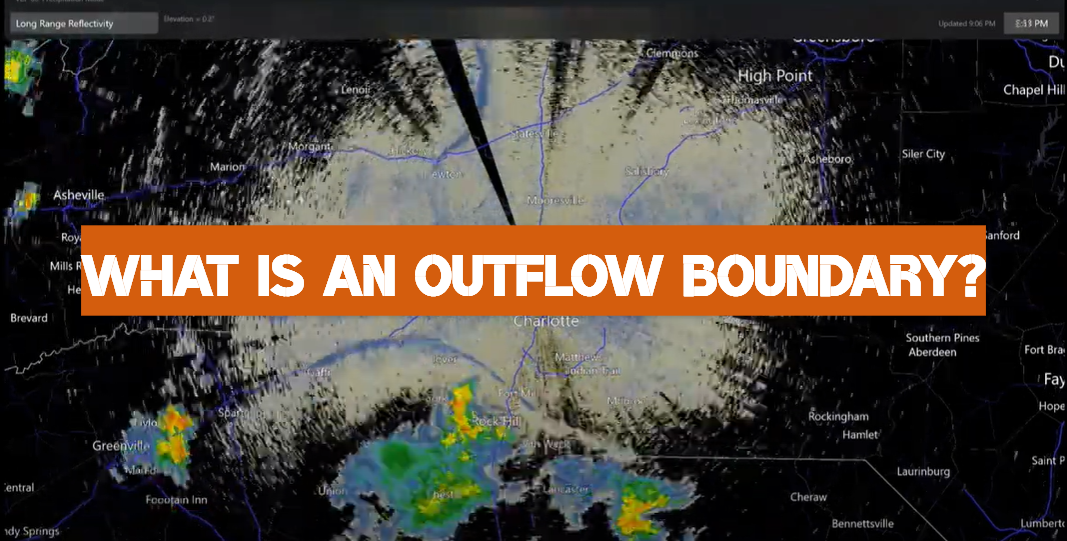
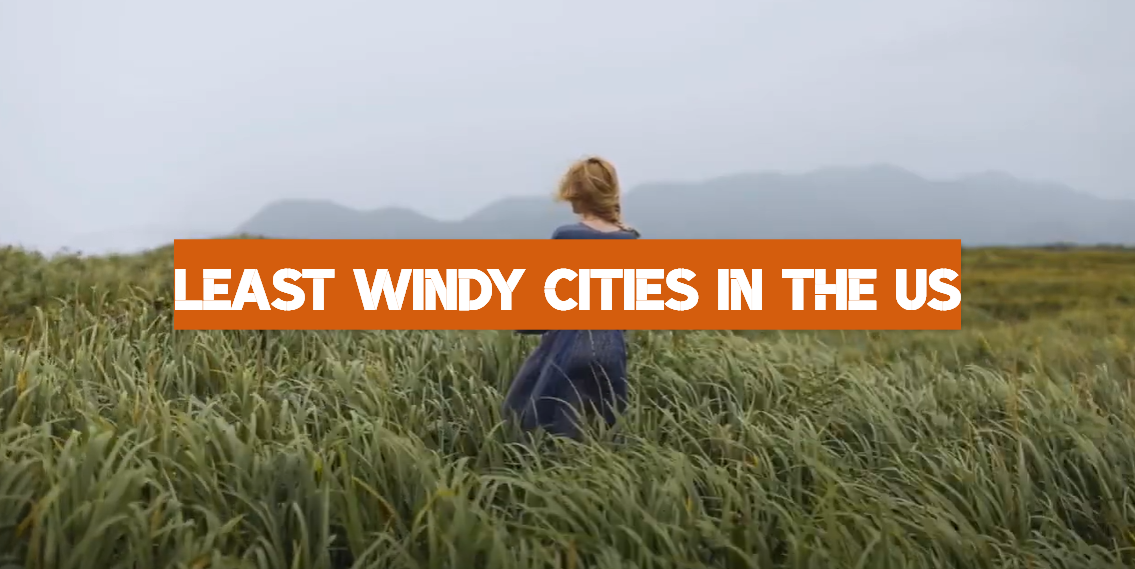
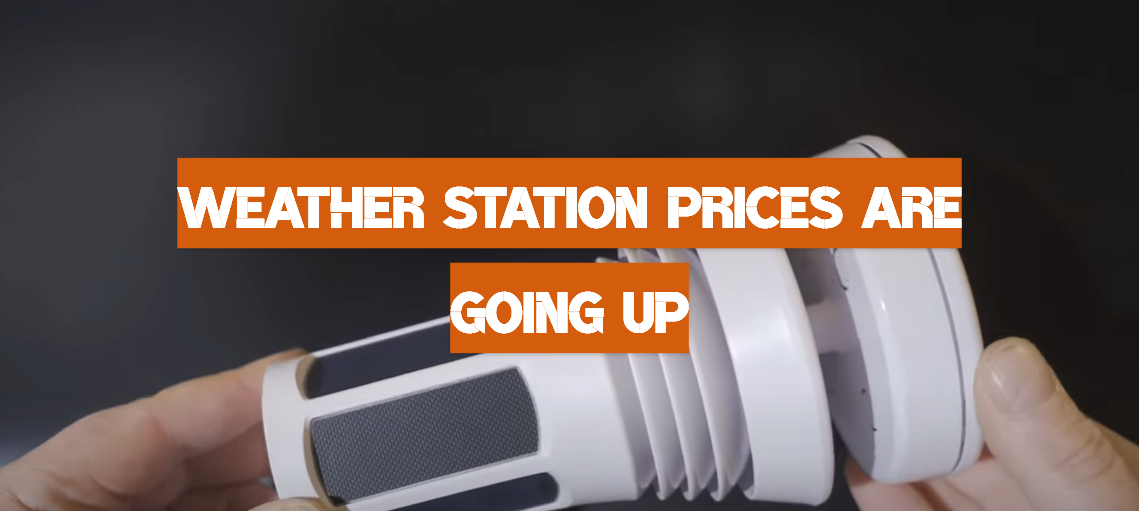
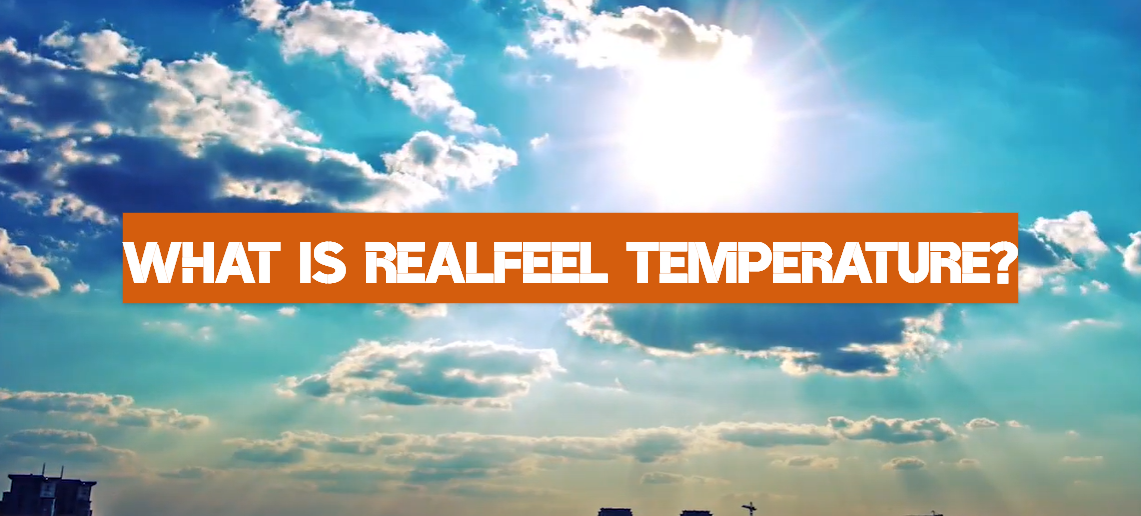
Leave a Reply